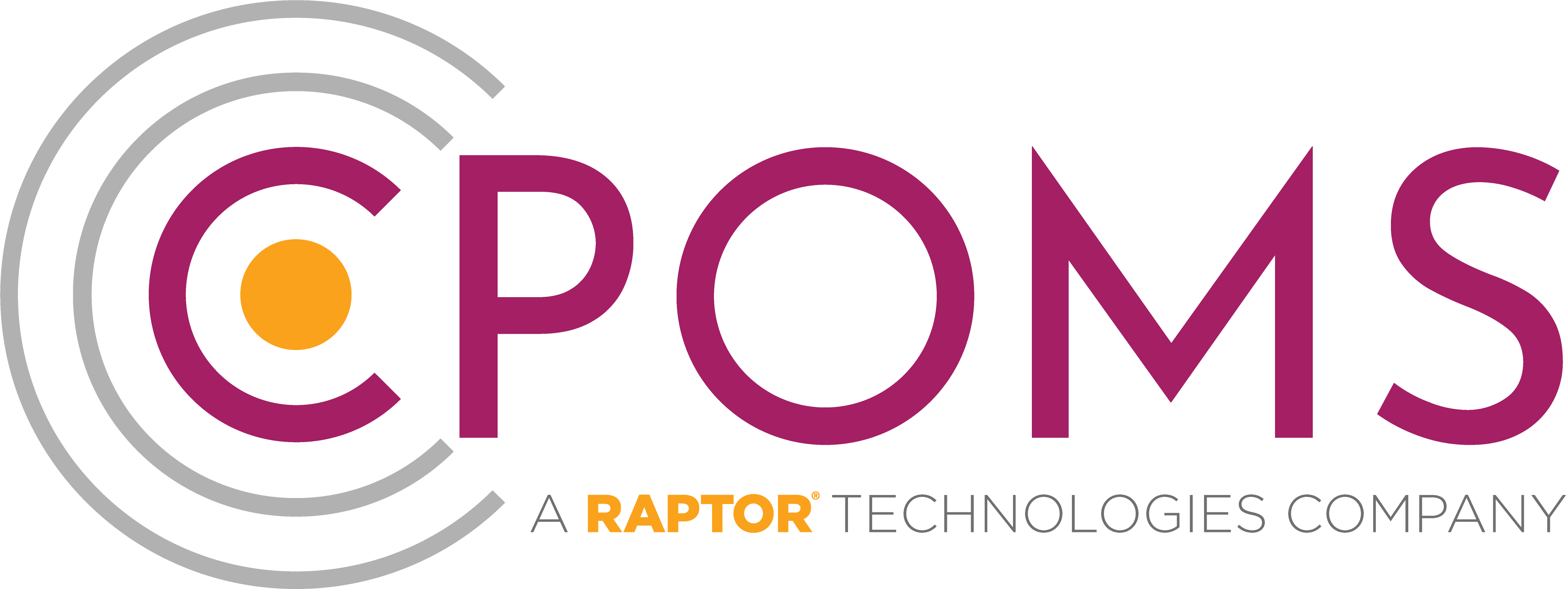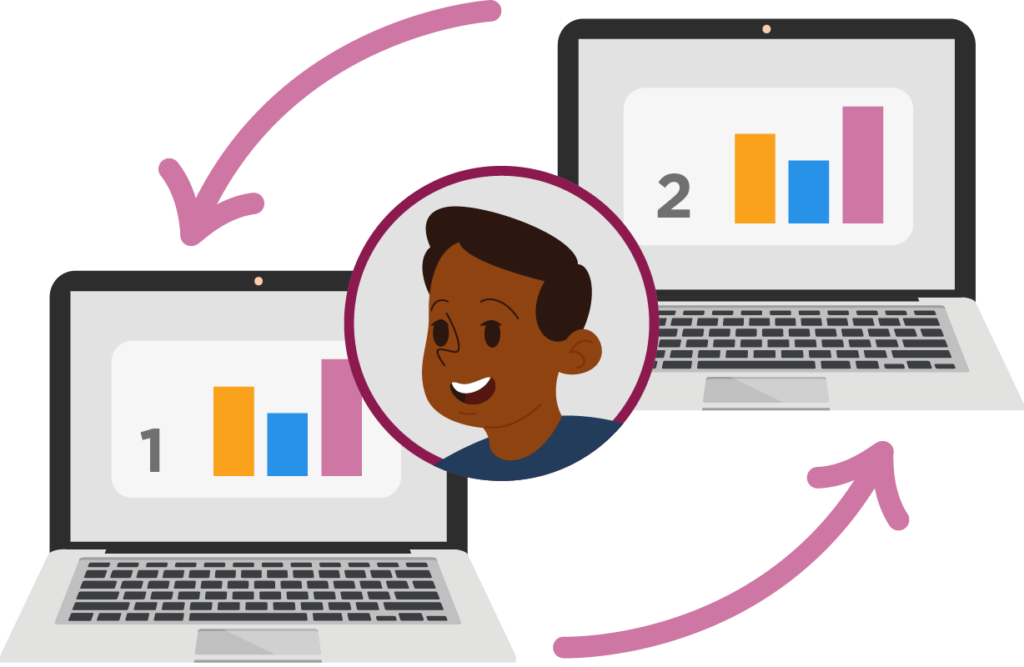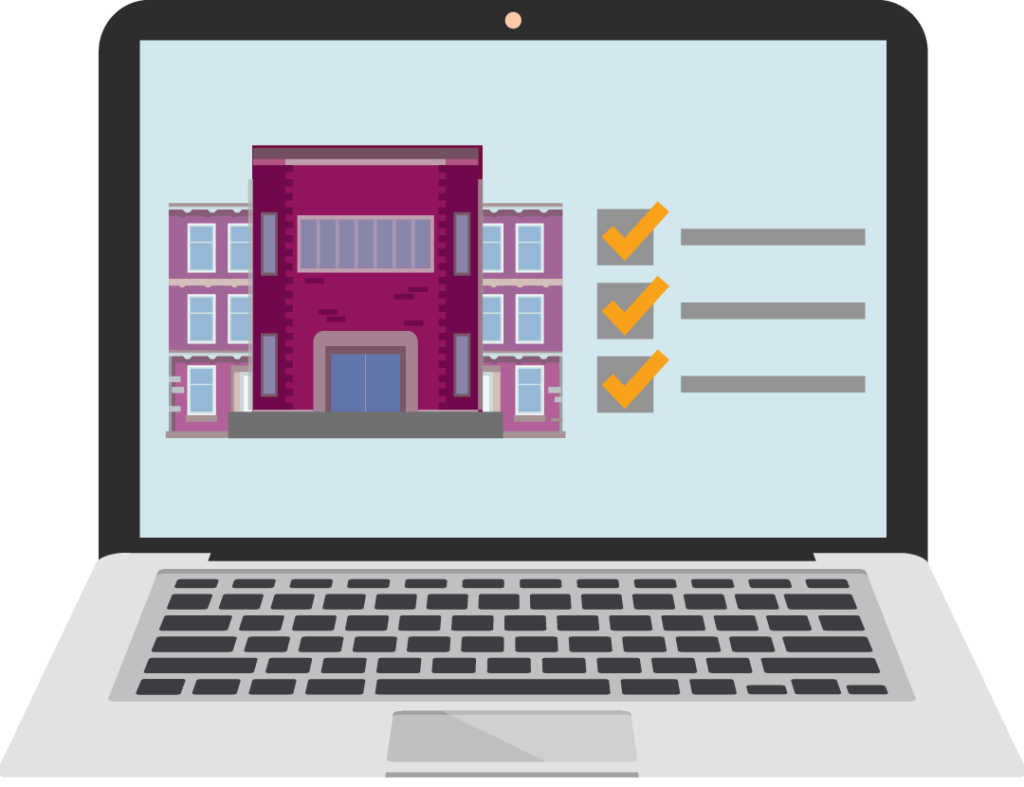The updated version of the Keeping Children Safe in Education (KCSIE) guidance has now been published by the government and comes into force on the 1st September 2023.
The new guidance sets out what schools and other settings in England must do to safeguard and promote the welfare of children and young people under the age of 18.
To ensure that you’re up to date with the latest safeguarding measures, we’ve put together a summary of key updates you need to be aware of and how CPOMS software solutions can help you achieve them. New requirements include:
1. Explicitly tell job applicants about online searches
The new KCSIE guidance states that schools and colleges must let potential candidates know that online searches will be done as part of due diligence checks ahead of their interview.
This will help to provide reassurance to schools that they can and should be conducting online checks of potential new hires to check for any public incidents or issues that might need to be discussed ahead of a hiring. It will also help candidates to prepare to answer questions around public incidents from their history.
How CPOMS StaffSafe Can Help
CPOMS StaffSafe can be used to securely track pre-recruitment checks that you’ve carried out online on possible candidates who’ve come for jobs within your setting. For those that go on to become a member of your staff, you will be able to capture all their compliancy checks within the system.
2. Have clarification on filtering and monitoring online activity
The 2023 KCSIE updates also provides guidance in the form of new instructions and recommendations regarding online filtering and monitoring software to keep tabs on what sites pupils are visiting or trying to visit.
Three notable changes in the guidance state that:
-
- Designated safeguarding leads (DSL) are responsible for understanding the filtering and monitoring systems each school has in place. This means that DSLs need to take the time to understand the kinds of websites students are visiting, for example.
-
- “An understanding of the expectations, applicable roles and responsibilities in relation to filtering and monitoring” should be included in safeguarding and child protection training at induction for all staff.
-
- Each school’s child protection policy should include how appropriate filtering and monitoring technology on school devices and school networks form part of its policies.
CPOMS Safeguarding software can be integrated with some of the UK’s highly trusted web filtering and monitoring service providers, such as classroom.cloud, Securus, Senso, and Smoothwall to ensure that if a child uses an inappropriate search term or tries to access an inappropriate website using the school’s network for example, designated safeguarding leads can be notified using the software’s automated process.
3. Have clarification on allegations against agencies and individuals
Also outlined in the guidance are details on how schools should best handle allegations made against an outside organisation or individual. These might be allegations from community groups, sports associations or other service providers running extracurricular activities.
The update serves as a reminder to follow your own safeguarding policies and procedures and to inform the local authority designated officer (LADO) if a safeguarding allegation is made by your school against an external individual or organisation.
How CPOMS StaffSafe Can Help
Within StaffSafe, you can create a custom role, such as “outside organisation” and list the people working in those organisations who use your setting out of school hours. For specific individuals, confidential notes or allegations can be logged. This provides authorized staff the ability to see all information added and determine the appropriate steps according to your safeguarding policies and procedures.
4. Have clarification on pupils that are absent
Another key update highlights that schools must have clarification that pupils who are absent, as well as missing, from education can be a warning sign of a range of safeguarding concerns including sexual abuse, sexual exploitation or child criminal exploitation.
How CPOMS Safeguarding and CPOMS Engage Can Help
Within the CPOMS Safeguarding platform, concerns can be categorised, such as those related to absenteeism, and monitored frequently which is vital for building chronologies and recognising early signs of any safeguarding issues.
CPOMS Engage can help local authorities monitor Children Missing in Education (CME), enabling them to on roll CME onto the software and track if a transfer request comes in from another CPOMS school, anywhere in the country. It also enables the sharing of safeguarding information across settings through a seamless, secure transfer between systems so mainstream schools, PRUs, alternative provisions, and local authorities can all log safeguarding concerns in one place using the same platform.
Summary
Safeguarding and wellbeing is an ongoing priority and is everyone’s business, so ensuring that you’re up to date with the latest changes to the KCSIE guidance and taking measures to record concerns that relate to safeguarding – no matter how small – is vital.
Recording and keeping all this data in one centralised, streamlined software system can help you to gain a full picture of a child’s wellbeing needs, allowing for more effective, targeted interventions as well as the needed information on adults working within your setting.
To find out more about how CPOMS safeguarding solutions can help you achieve the new guidelines, get in touch with the team today.




